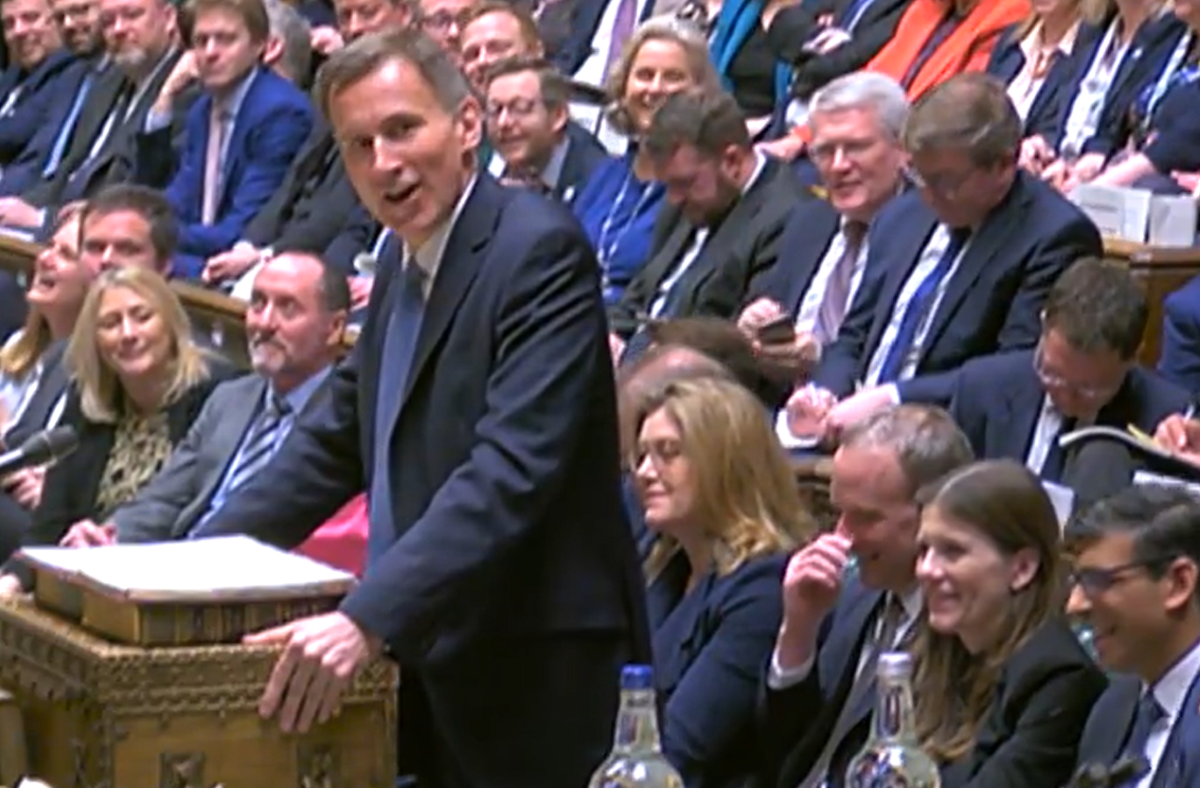
Where’s the Arts Premium for schools?
The cultural learning sector was hoping Jeremy Hunt would use his first budget to deliver one of the Conservatives’ manifesto pledges – the Arts Premium for secondary schools. Baz Ramaiah was not totally disappointed.
Spring is traditionally a season of renewal. So, it’s disappointing that the government has failed to renew its commitment to arts education in its latest Spring Budget. Nevertheless, the budget does offer some green shoots of promise for the cultural learning sector.
Let’s start with the disappointments. Despite being a Conservative manifesto pledge – and two public assurances that the government is committed to the policy – there is still no sign of the Arts Premium being delivered.
The £90 million policy aimed to give schools a funding uplift to provide cultural learning opportunities for disadvantaged pupils. However, the premium is still missing in action. This is at a time when it’s needed most, with recent evidence highlighting the widening gap in access to arts education between young people from more affluent backgrounds and those from more disadvantaged households.
Teachers’ pay remains unresolved
Secondly, there’s nothing in this budget that will resolve the issue of low teacher pay. Research shows that low teacher pay is one of several driving factors in the current recruitment and retention crisis in the profession. The crisis is causing significant damage to schools’ ability to offer a high-quality arts education to their pupils.
In particular, the government has fallen short of its recruitment targets for new music teachers by 30%, and music has one of the highest teacher vacancy rates. The consequence is that many pupils, especially those attending schools in areas of high deprivation, are being taught music by teachers without the right expertise. Or not being taught music at all.
That said, what about the green shoots of promise? There were a couple of bits of good news in the budget for cultural learning. First, the government will maintain its current 45-50% rates of tax relief for theatres, orchestras and museums until April 2025.
This will reduce financial pressures on many cultural organisations, potentially sparing them from having to pare back existing learning programmes for schools. The policy is at least some acknowledgement of the enormous role that the creative industries play in the wider UK economy.
Wraparound childcare is good news
The other (qualified) piece of good news is the government’s pledge of £289 million to support all primary schools to provide wraparound childcare. Let me explain how this relates to arts education.
The current workforce crises that schools are experiencing mean it will be very difficult for their usual day-to-day permanent staff to provide before and after school childcare. As such, primary schools will have to draw on external capacity – such as third-party providers of cultural learning – to staff this provision.
While it may sound like a reach, it’s a description of what happened with the previous government’s ‘Extended schools’ policy between 2003 and 2008. Funded at £840 million across those five years, the policy gave schools the resources to offer before and after school cultural learning experiences including arts and crafts, drama and cookery classes.
Multiple evaluations have shown the high levels of satisfaction that parents had with the programme, particularly in relation to young people enjoying the programmes and learning new things.
However, the wraparound care policy is merely ‘good’ news rather than ‘great’ news and we should temper our expectations accordingly. £289 million works out to £17,000 for every state primary school in England to be spent over the next three years. This will be completely insufficient to cover the costs required to bring in high quality cultural learning partners.
Need for a renewed commitment to cultural learning
Equally, the government expects the funding to be spent on startup costs for schools to test and develop what their wraparound childcare provision will look like. This may give schools the latitude to test cultural learning approaches to wraparound care that they would not have been able to explore otherwise.
But the three-year lifespan of the funding may make schools more cautious in how they spend the money, especially as they are expected to fund any new wraparound care themselves after 2026.
So where does this all leave us? It’s clear the government has much more to do to properly resource and support arts education in schools. While tax reliefs for the creative sector and investment in wraparound childcare provide some opportunities, the government is still failing to engage with the fundamentals: lack of funding for schools to hire arts teachers and to give disadvantaged pupils the high-quality cultural learning experiences they are unlikely to access elsewhere. It’s time for the government to renew its commitment to cultural learning – and they don’t need to wait until next spring to do it.
Baz Ramaiah is Head of Policy at The Cultural Learning Alliance.
![]() www.culturalleearingalliance.org.uk
www.culturalleearingalliance.org.uk
![]() @CultureLearning | @Barristotle
@CultureLearning | @Barristotle
Join the Discussion
You must be logged in to post a comment.